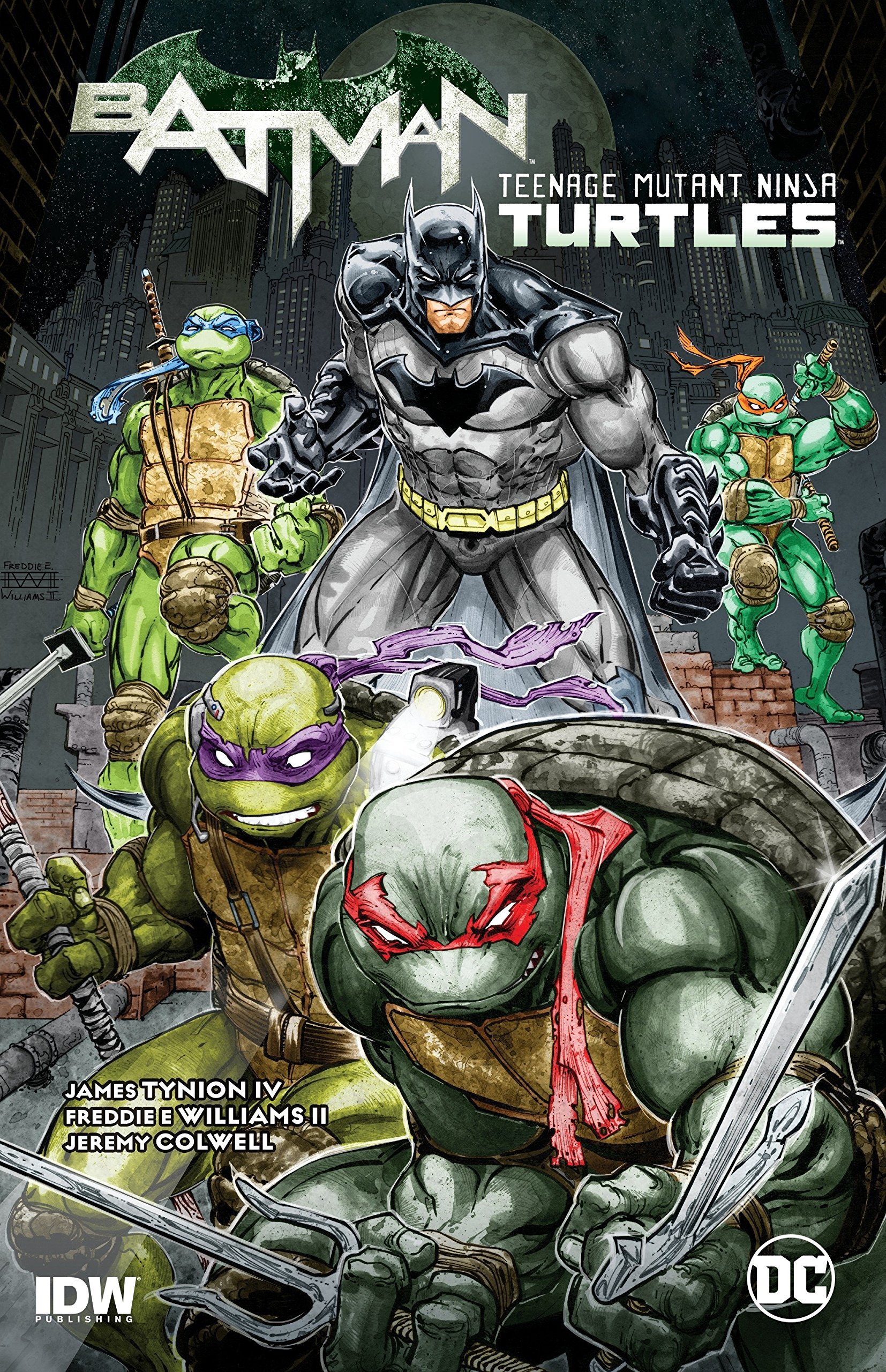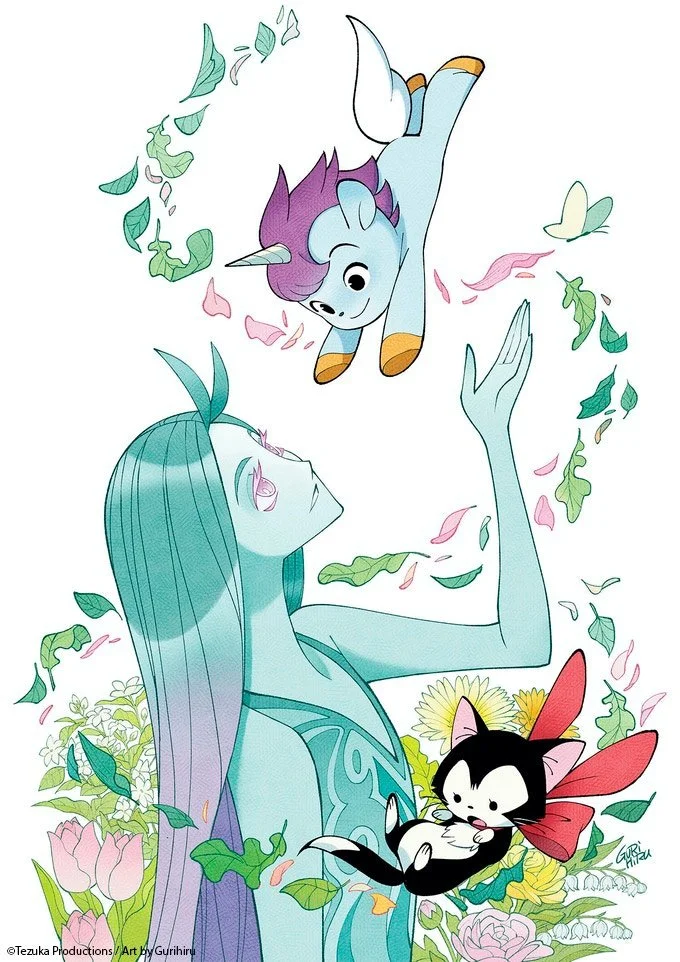Man Without Fear...By The Year: Daredevil Comics in 1977
By Bruno Savill De Jong — It’s 1977. Elvis Presley dies, New York City undergoes a 25-hour blackout, Spain holds its first democratic elections since Franco, Queen Elizabeth II celebrates her “Silver Jubilee” and the serial killer Son of Sam is caught. People are listening to “Stayin’ Alive,” watching Star Wars, and reading Daredevil.
This series has highlighted how Daredevil gradually grew more politically-conscious as the ’70s progressed. But it’s also shown such progress is not a straight line, and Daredevil frequently dips into silly scenarios. 1977 is an excellent example, as the undercurrents of melodramatic heartbreak or mind-controlled incrimination are delayed by bizarre comic book nuttiness only tangentially related to the plot. Daredevil’s investigation into Maxwell Glenn (father of his girlfriend Heather) and his shady dealings – including Foggy’s fiancé Deborah Harris being kidnapped – makes him run into Bullseye. And instead of this leading to new information, Bullseye straps Daredevil to a giant crossbow as a piece of showmanship. When Daredevil frees himself mid-flight in the next issue, he launches into an unrelated plot with Mr. Hyde and Cobra, not returning to Maxwell’s case for several issues.
Written by Marv Wolfman (141-143), Jim Shooter (141, 144-149)
Illustrated by Gil Kane (141, 146-148), Bob Brown (141-143), Lee Elias (144), George Tuska (145), Carmine Infantino (149)
Inks by Jim Mooney (141-142, 145-146), Keith Pollard (143), Dan Green (144), Klaus Janson (147-149)
Colors by Janice Cohen (141-143, 145), George Roussos (144), Don Warfield (145), Don Warfield (146), Klaus Janson (147-149)
Lettered by Irv Watanabe (141), John Costanza (142-143), Bruce Patterson (144), Denise Wohl (145-149)
Marv Wolfman’s final few issues feel especially reminiscent of Silver Age Daredevil stories. From bizarre panels of Mr. Hyde using Cobra’s unconscious flexible body to tie up Daredevil, to the duo’s target Bill Rotsler (apparently referencing an American cartoonist/pornographer known to the Marvel bullpen) having a recreation of an African jungle on his Manhattan rooftop apartment, where Daredevil is nearly eaten by a lion. But even the compressed pacing of these issues feels old-fashioned in how Daredevil will bump into new plotlines. This isn’t helped by Bob Brown and Gil Kane both having distinctly old-school styles that make 1977 Daredevil, for better or worse, feel like something out of the ’60s.
Marv Wolfman abruptly left Daredevil, with Jim Shooter taking over the reins with Daredevil #144. Shooter was a major influence at Marvel, having only re-joined the company (through Wolfman) in 1976. Cutbacks and shortages meant many writers were leaving Marvel, and since Roy Thomas stepped down as Editor-in-Chief in 1974 (after two years on the job), a series of rapid replacements came in with Len Wein (eight months), Wolfman (one year), Gerry Conway (three weeks) and Archive Goodwin (nineteen months). Once he joined Marvel, Shooter rapidly rose through the ranks, and became Editor-in-Chief from 1978-1987.
Shooter’s tenure as Editor-in-Chief is controversial. Some claimed he “saved” Marvel through collaborating with then-burgeoning speciality stores and fostering iconic ‘80s runs whilst championing creator compensation. Others said Shooter was dictatorial and corporate-minded, alienating long-term creators and altering comics’ model towards tie-ins and event comics after himself penning Secret Wars for Mattel Toys. But back in 1977, Shooter was simply an associate editor, filling in second-stringer series like Daredevil which he admitted sometimes “were literally written overnight.”
Shooter’s Daredevil isn’t as bad as that sounds, and actually less delirious than the Wolfman stories before him, but 1977 does suffer from subplots being sparsely seeded throughout the main issues. For instance, Foggy Nelson’s already underseen fiancé Deborah Harris stopped appearing last year, and it took several issues for Foggy to make any mention. Foggy does become increasingly desperate, even turning to alcohol when Matt and Heather make out in front of him, but it takes a while for her recovery to be a main objective. Even when Daredevil does find Deborah, she is traumatized from the events and (off-panel) calls off her engagement with Foggy, which has been on since about 1969.
After solving this kidnapping, Matt suspects Maxwell Glenn (Heather’s father) was behind it. Matt’s clients at the Legal Storefront also claim Glenn Industries is responsible for shady tenement slums. The truth is actually more twisted. It’s revealed all Maxwell’s poor practices are the fault of the Purple Man, who has returned to New York with a snazzy robed outfit and is puppeteering Glenn Industries’ board of directors. Even after Daredevil discovers the truth, Maxwell is made to “confess” to his crimes and Daredevil cannot do anything to clear his name. Gil Kane renders a frightening visage of the Purple Man trying to control Daredevil, even if it fits into his infamous collection of “up-nostril” images.
Heather takes her father’s imprisonment pretty badly. She has been written as a flighty, “scatter-brained daddy’s girl” who clings to her father’s pure image, and then to Matt, for support. Matt himself feels guilty for initially arresting Maxwell and being unable to help him, save for maybe revealing his alter-ego to testify before a jury, which he is unwilling to do. Matt’s attempts to hit the street as Daredevil and clear Maxwell’s name means he also neglects Heather, and she even breaks up with Matt over this emotional distance. Once again Matt’s double-life as Daredevil has pulled him away from those he claims to care about.
Shooter embraces classic Daredevil melodrama, then, with Matt struggling between vigilante and romantic responsibilities a classic double-bind. If Marv Wolfman brought in some surreal silliness in 1977, Shooter imports the anguished relationship underneath, with Heather, Foggy and Matt all romantically suffering. But maybe Shooter can also be credited for course-correcting Daredevil back into Bronze Age determination. After being strapped to a giant crossbow, Daredevil next encounters Bullseye after he’s taken a TV station hostage, and Daredevil weathers through a grudge-match with glitching radar-sense. He yells to Bullseye, “remember that Daredevil had the guts to go on and beat you after he should have given up and died!” Even after this, Daredevil scares away his adoring crowd (due to an injured shoulder), aggressively interrogates Maxwell to find Deborah, and hurtles through random thugs to find the Purple Man. Matt remarks how he hasn’t slept for two days, and the haggard aggressiveness comes out with greater force here.
1977 is an uneven year for Daredevil, then. It begins goofier than the series had been for a while, and ends with a strangely desperate, despairing Daredevil. Don’t mistake my incredulity for thinking comics need to be entirely serious – I loved Mike Murdock after all – but only some head-scratching at what book Daredevil wanted to be. It’s also halfway through 1977 Daredevil is relegated to a bimonthly book, edging the second-tier title closer to cancellation. History does not move in a straight line.
Check out past installments from The Man Without Fear…By The Year!
Check out Bruno Savill De Jong’s last regular series, Gotham Central Case by Case!
Bruno Savill De Jong is a recent undergraduate of English and freelance writer on films and comics, living in London. His infrequent comics-blog is Panels are Windows and semi-frequent Twitter is BrunoSavillDeJo.












